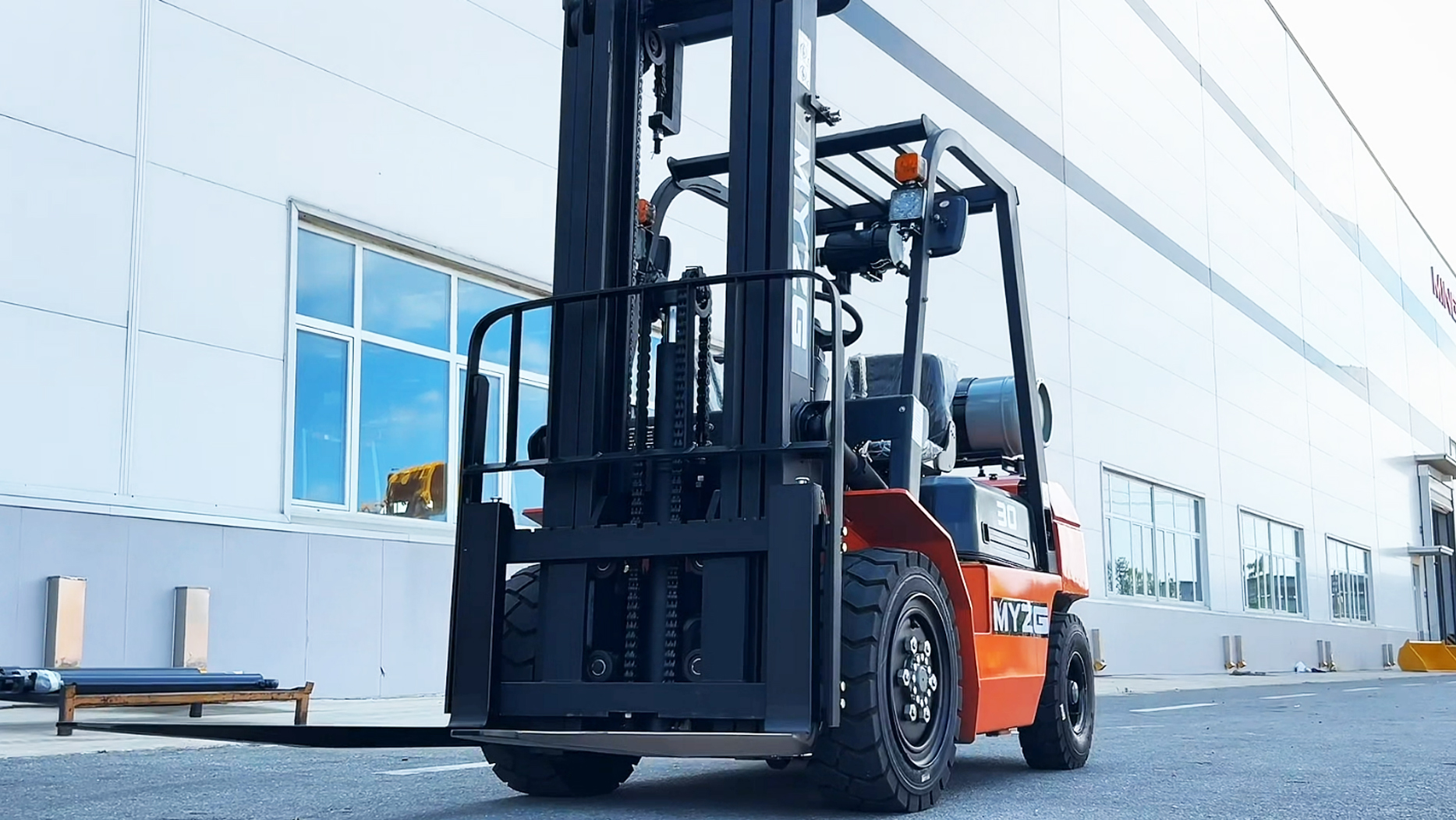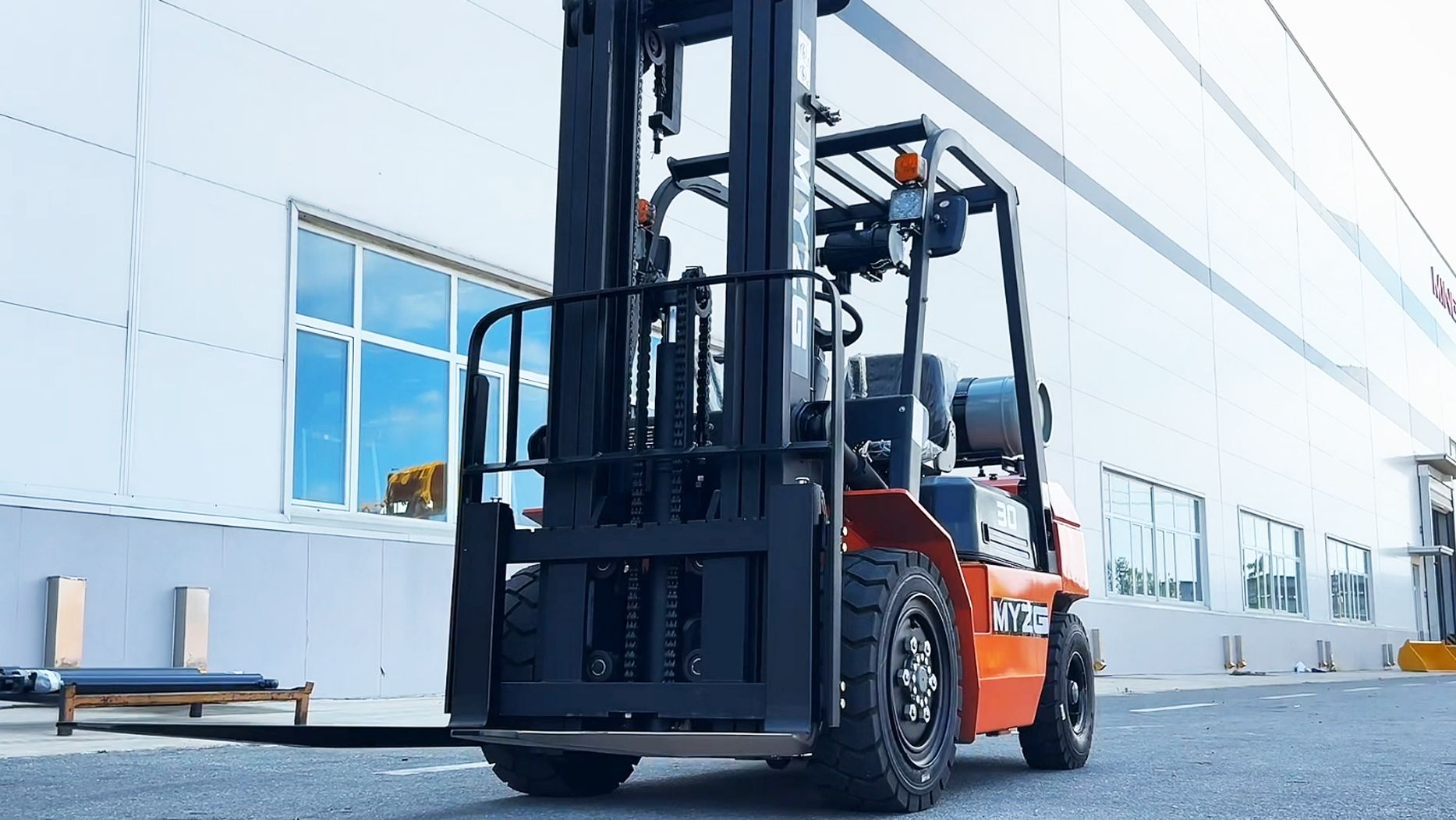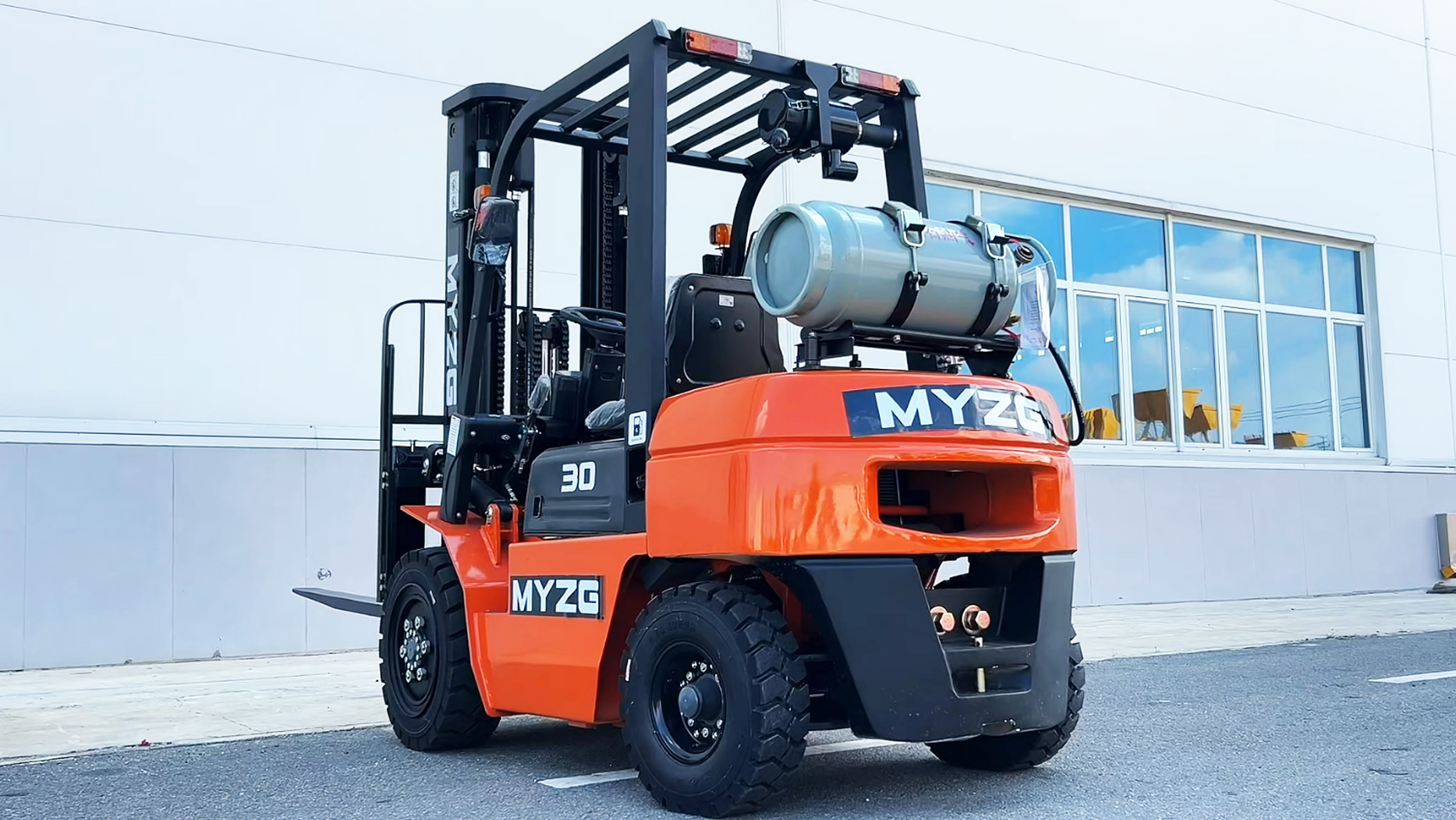When it comes to material handling, the versatility of LPG dual-fuel forklifts often makes them an attractive option for businesses navigating diverse operational environments. These machines, capable of running on both liquefied petroleum gas (LPG) and gasoline, promise the "best of both worlds." But does this flexibility truly mean they're equally ideal for both indoor and outdoor use, or do their strengths lean one way or the other? Understanding their inherent characteristics is key to deploying them effectively and maximizing their benefits.
While a dual-fuel forklift can indeed operate in a wider range of settings than a single-fuel counterpart, it's essential to recognize the specific advantages and limitations that define its suitability for either an indoor warehouse or an outdoor yard. The decision often comes down to balancing emissions, power, convenience, and cost.
Understanding the Dual-Fuel Advantage
The core appeal of a dual-fuel forklift lies in its ability to switch power sources:

LPG (Liquefied Petroleum Gas): Burns cleaner than gasoline, producing fewer harmful emissions like carbon monoxide (CO) and hydrocarbons. This makes it a more suitable choice for indoor, well-ventilated environments where air quality is a concern. It also offers consistent power delivery.
Gasoline: Typically provides slightly more raw power, making it advantageous for heavy outdoor tasks or when LPG isn't readily available. It also offers the familiarity of conventional refueling.
This inherent flexibility allows businesses to, theoretically, use one machine for varied tasks. For instance, a forklift could unload trucks outside using gasoline, then switch to LPG to move materials inside a warehouse.
Suitability for Indoor Use: The LPG Factor
LPG dual-fuel forklifts can certainly be used indoors, primarily leveraging their LPG capability.
Pros for Indoor Use (on LPG):
Reduced Emissions: When running on LPG, these forklifts produce significantly fewer harmful pollutants than gasoline or diesel models. This is crucial for maintaining acceptable air quality inside warehouses, factories, and other enclosed spaces, protecting worker health and complying with environmental regulations (like OSHA standards for indoor air quality).
Lower Odor: LPG combustion generally produces less noticeable odor compared to gasoline or diesel, making for a more pleasant indoor working environment.
Consistent Power: LPG offers consistent and reliable power delivery, which is beneficial for repetitive indoor lifting and maneuvering tasks.
No Battery Charging Infrastructure: Unlike electric forklifts, there's no need for dedicated charging stations, long charging times, or battery swapping infrastructure, which can be a significant advantage for businesses lacking the electrical capacity or space.
Quick Refueling: Swapping out an empty LPG tank for a full one is a quick process, minimizing downtime compared to the charging time of an electric forklift.

Cons for Indoor Use (even on LPG):
Still Produce Emissions: While cleaner than gasoline/diesel, LPG forklifts are not zero-emission. They still produce carbon monoxide and other exhaust gases. Therefore, adequate ventilation is absolutely critical for indoor operation. In poorly ventilated areas, even LPG can pose a health risk.
Noise Levels: They are generally louder than electric forklifts, which can contribute to noise pollution in indoor environments and potentially affect communication or worker comfort.
Fuel Storage/Handling: LPG tanks are pressurized and flammable, requiring strict safety protocols for storage (usually outdoors in well-ventilated, secure areas) and tank changing inside a facility.
Visibility Obstruction: The rear-mounted LPG tank can sometimes obstruct the operator's rear view, which might be a safety concern in tight indoor aisles or busy warehouse environments.
Suitability for Outdoor Use: The Gasoline Factor and Robustness
LPG dual-fuel forklifts are well-suited for outdoor use, especially when running on gasoline, though LPG can also be used.
Pros for Outdoor Use (on Gasoline or LPG):
Power and Performance: Gasoline provides robust power, ideal for moving heavy loads across uneven outdoor terrain, up inclines, or for long travel distances. LPG also delivers ample power for most outdoor tasks.
Adaptability to Terrain: While not as rugged as dedicated rough terrain forklifts, many dual-fuel models are built with more robust frames and better ground clearance than purely industrial models, making them more capable on semi-paved or slightly uneven outdoor surfaces.
Weather Resilience: Internal combustion engines (both gasoline and LPG) generally perform reliably in a wider range of temperatures, including cold weather, without the performance degradation that can affect electric batteries.
Versatility: The ability to switch to gasoline means the forklift isn't reliant on LPG infrastructure alone, making it suitable for remote job sites or areas where LPG supply might be inconsistent.
Familiarity: Many operators are more familiar with gasoline-powered internal combustion engines.
 They are NOT the absolute best choice for:
They are NOT the absolute best choice for:
Purely Indoor, High-Density Warehouses: Here, electric forklifts (counterbalance, reach trucks, order pickers) are superior due to zero emissions, quiet operation, and better maneuverability in tight aisles.
Purely Heavy-Duty, Rugged Outdoor Mining/Construction: For these environments, a robust diesel forklift or a purpose-built rough terrain forklift with 4WD is far more capable and durable.
Small, Infrequent Indoor Use: A manual forklift or hand pallet jack might suffice for minimal indoor needs.
Brands and Considerations: MYZG / MINGYU
Manufacturers like MYZG and MINGYU (often referring to the same or related Chinese heavy equipment companies) offer a range of LPG dual-fuel forklifts. These brands provide competitive options, making this versatile technology more accessible. When considering a dual-fuel forklift from MYZG / MINGYU, or any other brand, it's essential to:
Assess Your Specific Needs: How often will you truly switch fuels? What are the actual indoor ventilation conditions? How rough is your outdoor terrain?
Evaluate Total Cost of Ownership: Factor in the higher initial cost, fuel prices for both LPG and gasoline, and the potentially more complex maintenance requirements.
Check Local Regulations: Ensure compliance with all safety and emissions regulations for both fuel types in your operating areas.
Operator Training: Ensure operators are thoroughly trained on safe operation, fuel switching, and proper LPG tank handling.
In conclusion, LPG dual-fuel forklifts offer valuable versatility, making them a strong contender for operations that require dynamic adaptability between indoor and outdoor environments. While they excel where a single-fuel machine would be limiting, they are not a universal "better" option. Their strength lies in their ability to bridge operational gaps, providing a practical and flexible solution. By carefully weighing their advantages in emissions-sensitive indoor settings and their robust power for outdoor tasks, businesses can strategically deploy these multi-talented machines to enhance efficiency and productivity.
Post time:Aug.01.2025
